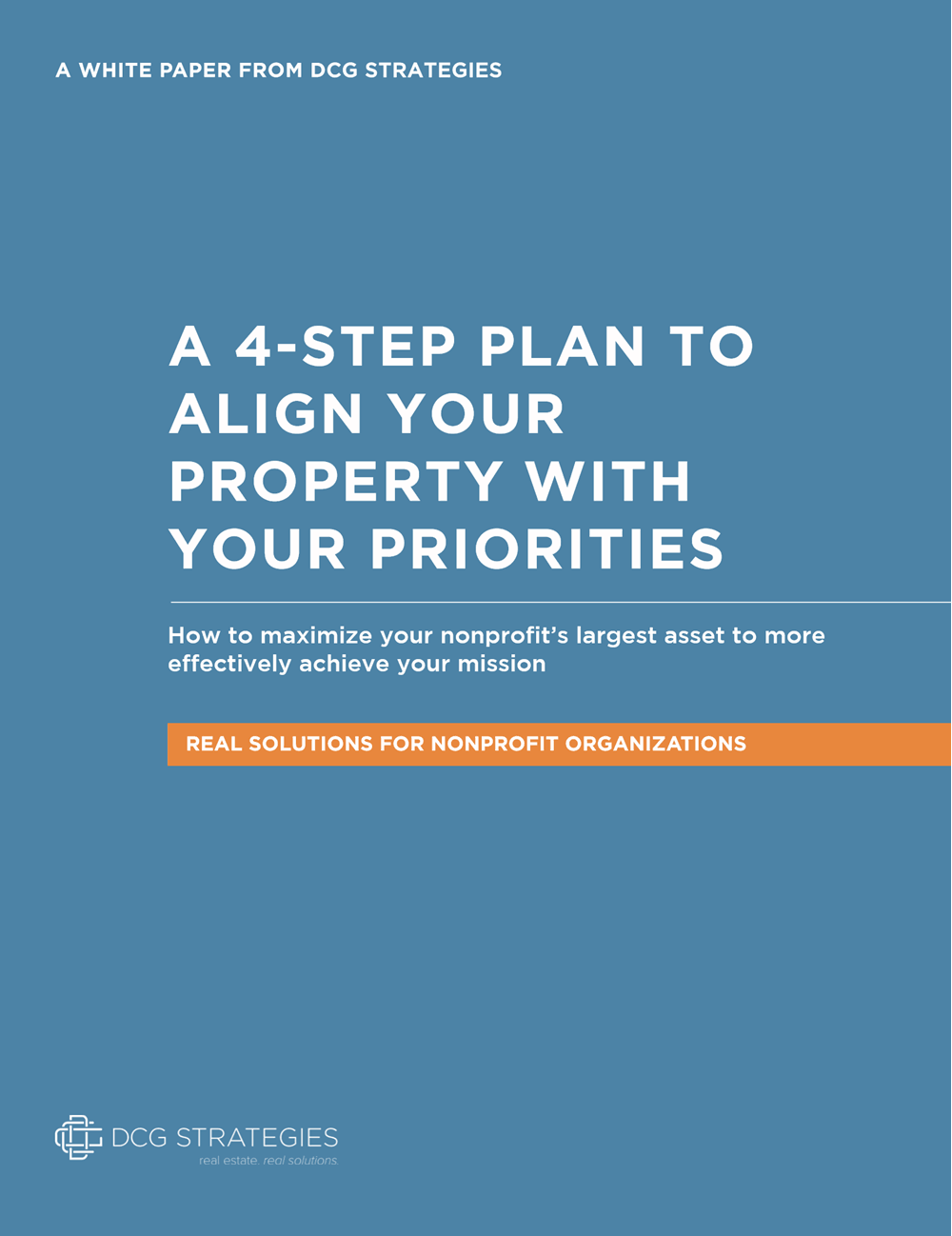In Sacramento last year, a developer revealed an ambitious plan to convert an old factory, a former ice plant and storage facility, into apartments, restaurants, offices, and stores. The developer liked the gritty industrial feel of nine connected buildings that formed the oldest part of the historic plant, where he planned to build the office and retail space. Two other buildings would be torn down to make way for apartments. This was all good news for the city, which had waited for 20 years while the aging buildings deteriorated into a prominent eyesore.
This project demonstrates two facts about an old factory. First, developers often show great interest in these buildings. Old factories can be had at a bargain price and can be transformed for vastly different uses than their original industrial purpose. The other fact, though, is that these projects are often extremely challenging. In the case of the Sacramento ice plant, other developers pitched several proposals to repurpose the plant, only to have their plans fall through because their money ran out or their vision was rejected by city planners.
A Challenging Asset and an Opportunity
An old factory is a challenging asset for a number of reasons. Usually, the building was designed for a specific purpose. It could have lingering environmental problems that need to be addressed, and the space is often costly to adapt. Even when the properties have special qualities, developers often shy away from them. In Bartow, FL, for example, the city took over a nearly century-old former cigar plant that was on the National Register of Historic Places in 2012, gave the old factory a fresh coat of paint, made repairs, and was removing the asbestos. As of last year, however, no developers had shown any interest in the building.
But old factories can also present an opportunity. In some cases, the developers do not have to stray far from the building’s original industrial purpose. In upstate New York, for example, a company that specializes in repurposing old factories purchased a former baby-food manufacturing plant. It planned to turn the building into a multi-tenant shipping center and light manufacturing plant.
The Many Uses of an Old Factory
Other developers, though, are using the unique spaces for entirely different purposes. One trend has been to convert these old factories into apartments. A developer in St. Louis, for example, saw the potential for lofts in the modernist style of a 1940s pharmaceutical plant last used to make foot cream. The brick façade, unique windows, and terracotta detailing are bound to make the building especially appealing to potential tenants.
Old factories can sometimes be purchased at a relative bargain. In the case of a former Tampa bottling company, the developer purchased the 1925-built warehouse with cash for $375,000, leaving enough money left over to do the restoration on the 46,000-square-foot building without going into debt. Meanwhile, a developer bought a historic shoe factory in Worcester, MA, for just $250,000 and had plans to convert that space into apartments and a boutique hotel. Some investors have made a considerable profit in flipping these old buildings, particularly in areas where real estate values are increasing, and land and square footage is at a premium. In Chicago, for example, an investor purchased a sausage plant in an up-and-coming neighborhood for $3 million. Seven months later, he sold the roughly 25,000-square-foot building to an apartment and condo developer for $6 million.
This is not to say that people will automatically get a high return from a closed factory. Much like when they restore older and historic buildings, developers who take on old factories often do it out of a labor of love. People need to proceed with caution when looking to buy industrial buildings. Some of these buildings have serious problems. Any person buying commercial real estate should investigate thoroughly if there are any structural or hidden environmental problems. This is especially the case with old industrial buildings where heavy machinery, fuel, and chemicals were used.
Old factories do present opportunities in California, where lease rates for office space and apartments in some cities are near the highest in the country. In many cases, a factory is little more than a big warehouse and can be redesigned to serve a new purpose. Developers have been successful in turning old factories into profitable and charming commercial developments that have eliminated eyesores and revived neighborhoods, creating living space, shops, and businesses. An experienced commercial real estate consultant can help greatly in identifying good candidates for rehabilitation, as well as locate ones in neighborhoods on an upswing and ripe for development.
If you are looking at former factories or industrial space, you don’t have to go it alone. You can get a thorough analysis of the market from a consultant whose community values align with your own. Contact DCG Real Estate today to learn more.





